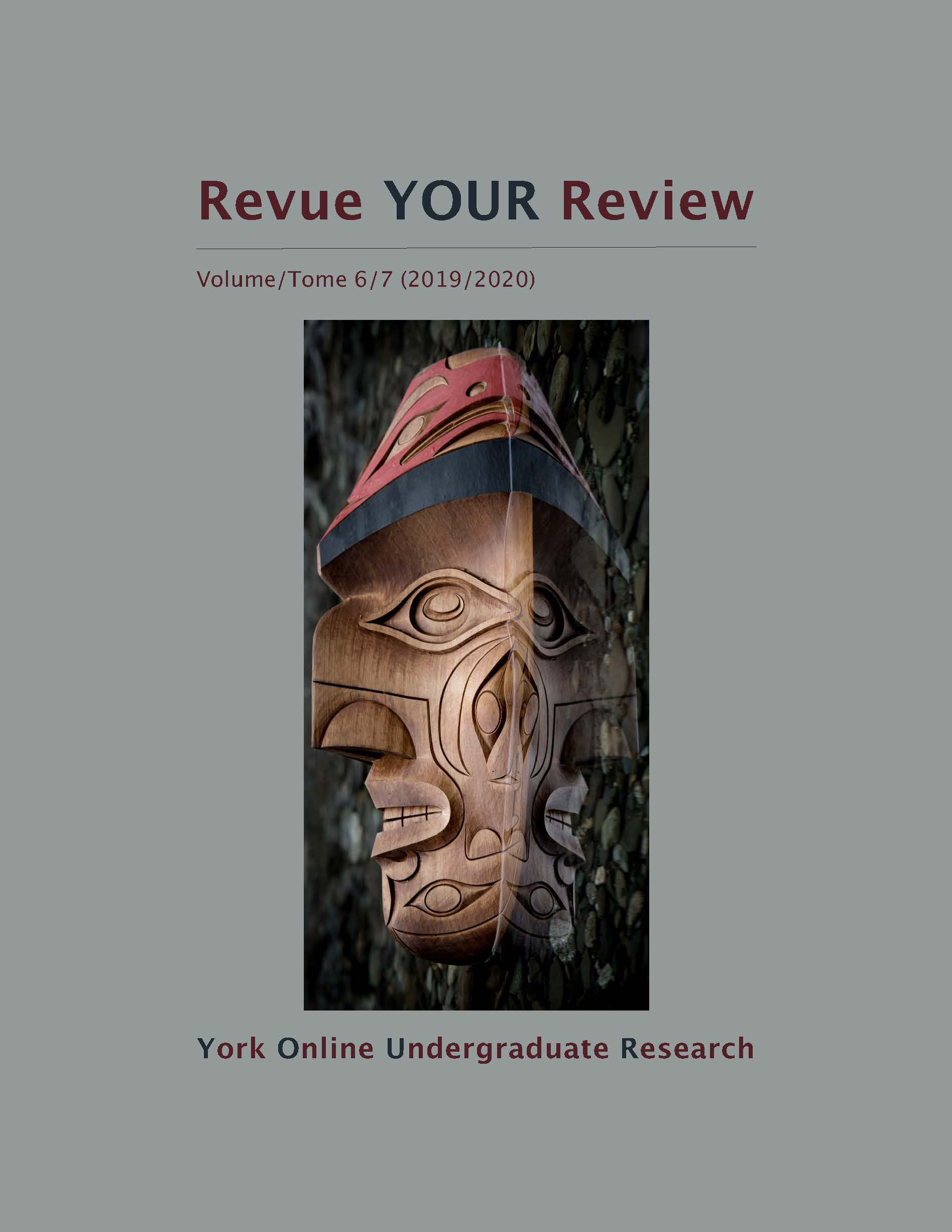The Influence of Spatiotemporal Structure on Recall Accuracy in Memory-Guided Saccade Sequences
Abstract
Saccades are a form of rapid eye movement that function to bring an item of interest onto the centre of the fovea, which is the location of highest visual acuity in the human eye. Saccades have been extensively used in neuroscience as a tool to measure underlying cognitive processes such as visual working memory. The goal of this study is to identify the effect of spatiotemporal structure on performance in memory-guided saccade sequences. In this study, participants took part in a behavioural task where they were presented with a series of sequences that differed with respect to path type, set size, and target presentation order. Results showed that having path types with structured spatial and temporal locations were most beneficial for recall accuracy and that recall was better for items presented earlier in a sequence. These results show that visual working memory capacity is improved by the presence of spatiotemporal structure.
Downloads
Published
How to Cite
Issue
Section
License
LicenseAuthors contributing to Revue YOUR Review agree to release their articles under one of three Creative Commons licenses: Creative Commons Attribution 4.0 International; Creative Commons Attribution-NonCommercial 4.0 International; or Creative Commons Attribution-NoDerivatives 4.0 International. All editorial content, posters, and abstracts on this site are licensed under Creative Commons Attribution-NoDerivatives 4.0 International. For further information about each license, see:
https://creativecommons.org/licenses/
In all cases, authors retain copyright of their work and grant the e-journal right of first publication. Authors are able to enter into other contractual arrangements for the non-exclusive distribution of the e-journal's published version of the article (e.g., post it to an institutional repository or publish it in a book or in another journal), with an acknowledgement of its initial publication in this e-journal.


